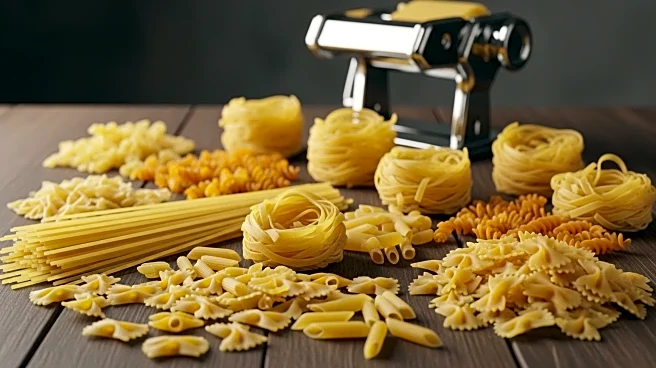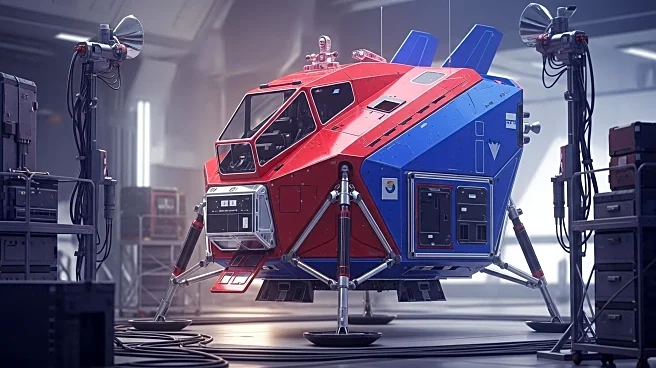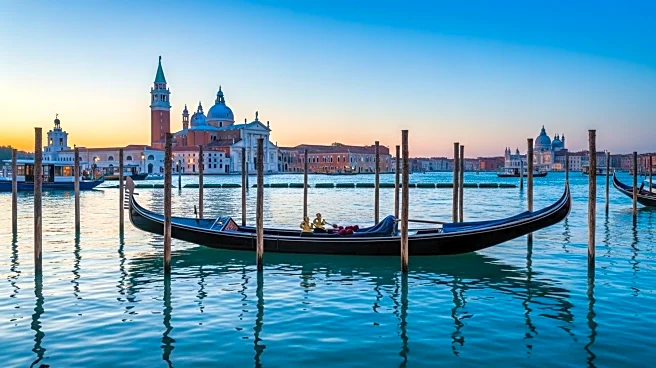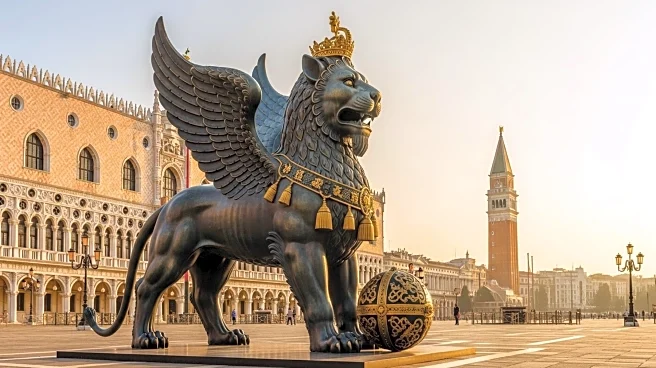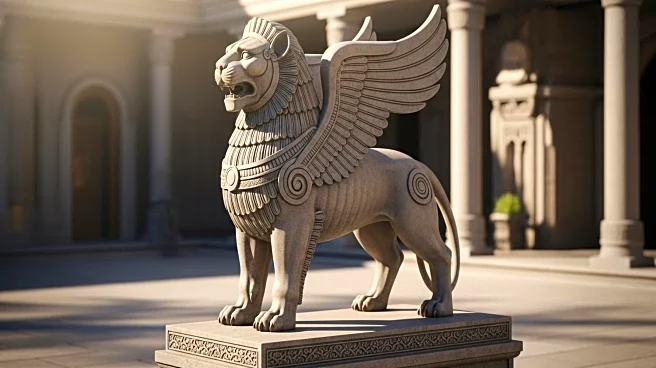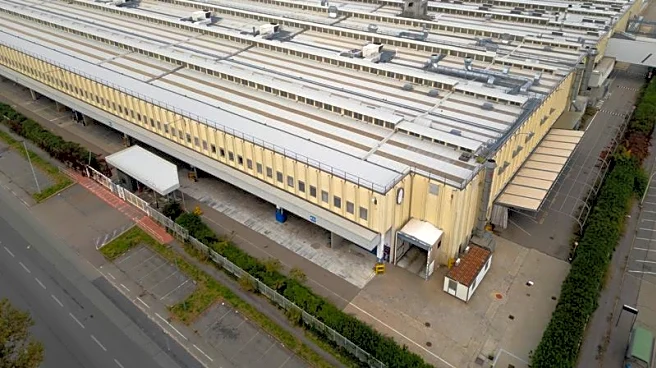What is the story about?
Pasta, a beloved culinary staple, has a rich history that dates back centuries. Its creation involves a simple yet effective process of mixing flour with water or eggs to form a dough, which is then shaped into various forms.
The development of pasta has been influenced by cultural exchanges and technological advancements, making it a versatile and widely consumed food.
debated, with evidence suggesting its presence in both Italy and China. In Italy, pasta became a staple food due to its ease of preparation and ability to be stored for long periods. The first pasta factory was established in Venice in 1740 by Paolo Adami, marking the beginning of industrial pasta production.
Later, the Buitoni mechanical pasta factory, founded in 1827, further advanced pasta manufacturing techniques, allowing for greater efficiency and consistency in production.
of making pasta involves mixing durum wheat flour with water or eggs to create a dough. This dough is then shaped into various forms using extrusion or rolling techniques. The introduction of machines like the Marseillais Purifier helped speed up the separation of semolina flour from bran, improving the quality of pasta.
ingredients. Its adaptability made it a favorite among different cultures, leading to its widespread consumption and integration into various cuisines.
Founding or Discovery
The origins of pasta are somewhatKey Contributors
Paolo Adami played a pivotal role in the industrialization of pasta, opening the first factory dedicated to its production.Design or Method
The processEarly Reception
Pasta quickly gained popularity due to its versatility and ability to be paired with a wide range of sauces andAI Generated Content
Do you find this article useful?
